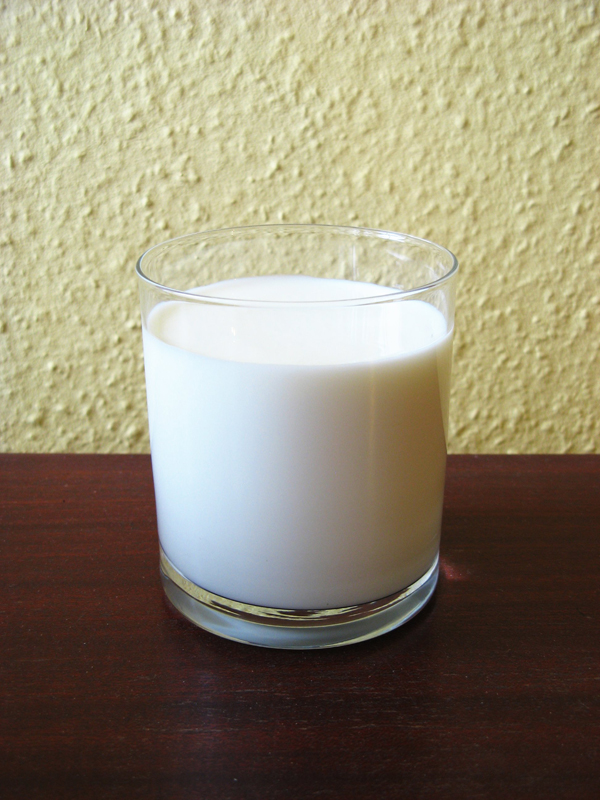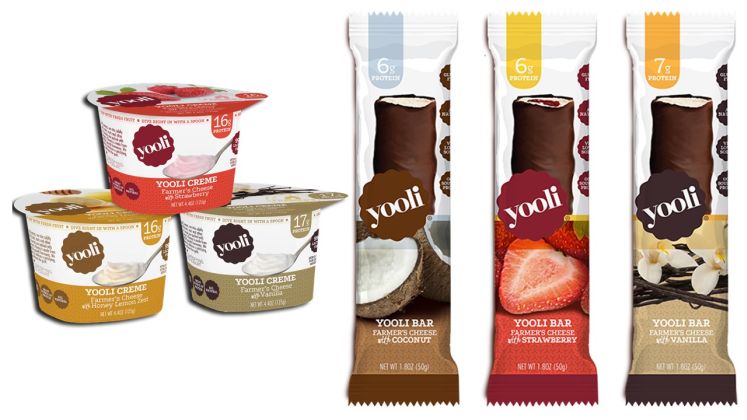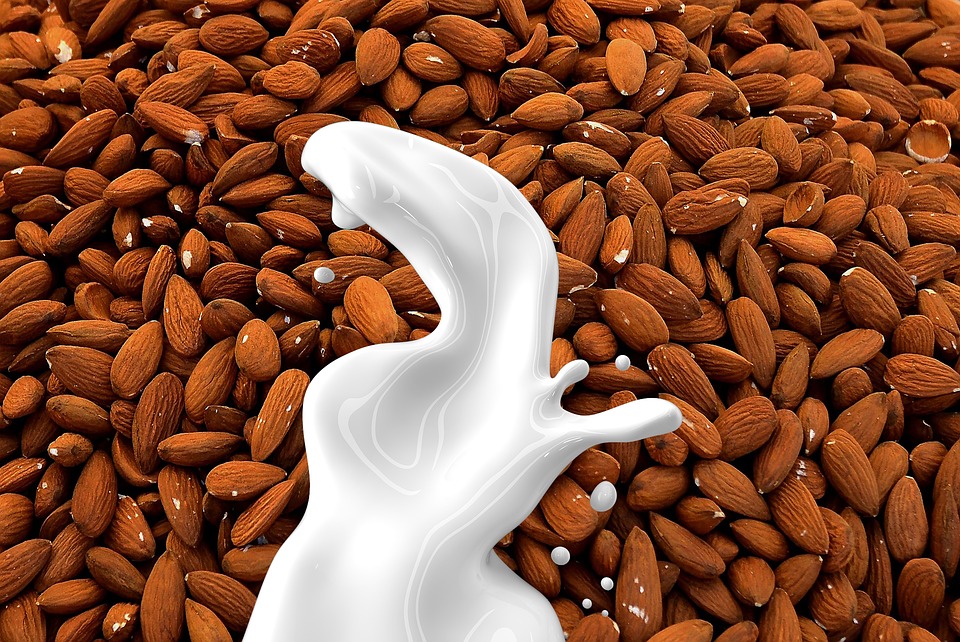The dairy industry in America is a thriving business with many major companies involved. However, many cases of bacterial contamination leading to product recalls have also been linked to the dairy industry. Such contaminated products can lead to illnesses, and in worst case death, in consumers. In addition, recalls are significantly expensive for manufacturers and lead to a lot of wasted product.
The market for dairy substitutes is growing, leading the dairy industry to face a decrease in sales. According to Mintel, dairy sales in the US are expected to decrease to $15.9 billion by 2020, which is an 11 percent drop from sales in 2015. Increased market competition from non-dairy alternatives means the dairy industry can’t afford to lose more sales from product recalls.
To build consumer trust in a dairy brand, the manufacturer of this brand must consistently provide high quality products. Bacterial contamination related to dairy products often result from inadequate food safety procedures.
However, after the 2016 implementation of the HARPC (Hazard Analysis and Risk-based Preventive Control) provisions under Section 103 of the US FDA Food Safety Modernization Act (FSMA), many food manufacturers had to raise their standards for food sanitation in their plants. Dairy companies often identify potential contaminants through product sampling, and are able to detect the presence of foodborne pathogens down to parts-per-trillion. However, depending on when these samples are collected during the manufacturing process, they may not be the most representative of the quality of an entire batch, potentially leading to dairy product recalls.
Listeria Concerns
In 2017 alone, there were over 21 dairy product recalls. Many of these products were contaminated with Listeria, a type of bacteria which can cause potentially-fatal infections. According to the Centers for Disease Control and Prevention (CDC), Listeria infections are the third leading cause of death related to food poisoning in the US with over 1,600 people infected with the pathogen each year, 260 of which are fatal.
One of the most notable Listeria-related recalls of 2017 involved two major North American cheese manufacturing companies. Millersburg, Ohio-based cheese manufacturer Guggisberg Cheese, Inc. and its subsidiary, Deutsch Kase Haus, LLC. in Middlebury, Indiana, were involved with a massive Listeria-related recall of cheese products that affected several major cheese brands. Sargento, Sara Lee, Meijer, Amish Classics and many other brands had to recall thousands of pounds of cheese products as a result of the suspected contamination. The products were distributed in retail stores across Ohio, Indiana, Michigan, Pennsylvania, Kentucky, Illinois and West Virginia.
Guggisberg Cheese and Deutsch Kase Haus had realized the products they distributed nationwide had a contamination risk in early February 2017. Some of the products they tested had positive results for Listeria monocytogenes, which led to the mass recall of various cheese products nationwide, leading to the loss of millions of dollars. The manufacturing dates of these potentially contaminated products dated back as far as September 2016.
E. coli Contamination
Other potential bacterial risks associated with dairy products include contamination with E. Coli. The bacteria are associated with symptoms such as severe stomach cramps, bloody diarrhea and vomiting. Although most people who are infected usually get better within 5 to 7 days, some cases of E. Coli infections are fatal.
In August 2017, Kentucky-based ice cream manufacturer, Comfy Cow, had to recall 10 of their ice cream products due to pathogen contamination. After product testing, several of their popular flavors were found to have high counts of coliform bacteria – a bacteria that indicates the presence of pathogens from fecal origin – or tested positive for the E. Coli bacteria.
The ice cream pints were primarily sold in retail stores across Kentucky, Missouri, Indiana and Tennessee. The company was informed about the positive test results on July 19, 2017 and the affected products were distributed between June 13 and July 21. However, there were no reported illnesses after the recall notice was posted.
Pasteurization Problems
The pasteurizing process is used to extend the shelf life of dairy products and eliminate any harmful bacteria. It is an important step, and if it is done incorrectly, dairy products like milk can support the growth of harmful pathogens.
In 2017, Naturally Wholesome Products LLC had to recall all of their Half & Half products under their brand Wholesome Country Creamery because of improper pasteurization which resulted in significant amounts of alkaline phosphatase in the product. The enzyme is naturally present in raw milk but is destroyed when the beverage is properly pasteurized. Although the enzyme itself is found in the human body as well, the presence of it in milk is indicative of potential pathogenic contamination. This is why many manufacturers who discover the enzyme in their dairy products need to initiate recalls for food safety .
No reports of illness related to consumption of the dairy beverage had been made at the time of the recall. In all, 244 containers of Half & Half were affected by the recall, which were sold in North Carolina.
Product Testing to Prevent Recalls
These recent recalls are indicative of the dairy industry’s need to improve their diary sampling techniques to catch potential sources of contamination before affected products reach consumers. Common sampling techniques used for inspecting products involve hand scoop and spigot sampling to measure standard plate count, coliform, drug residues, phosphatase, vitamin percentage and temperature. These methods are low-cost direct testing techniques that are accepted as a standard operating procedure in dairy plants. However, these recent recalls suggest that manual sampling is not enough.
Usually, representative samples are taken from large vessels such as storage tanks and tankers which can cause problems because most of them are taken from a valve at the bottom of the large container. Manual sampling from the bottom of storage containers result in samples that do not represent the entire amount of fluid in the vessel. Quality control professionals are advised to sample from the “manhole” of these containers in order to include any newly added fluid.
Another sampling technique is known as “in-line” sampling. This process usually includes the sampling of milk at different stages of pasteurization. These samples are extracted from different points in the processing line to ensure product safety from beginning to end. However, this does pose a risk of cross-contamination if sampling is done using the same collection tool. This is also a strenuous procedure if done manually.
Perhaps the best option for dairy manufacturers when it comes to improving quality sampling in their plants is automatic sampling. Investing in quality automatic sampling systems can save a lot of time and money for dairy plants because it speeds up and increases the amount of sampling done at the sites, compared to doing it by hand. Automatic sampling also makes data entry more efficient and simplifies the auditing of systems and processes that complete the custody transfer chain. It is also a more reliable form of sampling compared to manual scoop or pull methods because of its repeatable nature and lack of bias.
An Xtalks webinar featuring dairy industry expert Rich Gaffney elaborates on automatic sampling techniques and how dairy manufacturers can prevent product recalls in the future. View this on-demand event here: Milk and Dairy Sampling: Technologies to Reduce Risk and Increase Efficiency








Join or login to leave a comment
JOIN LOGIN